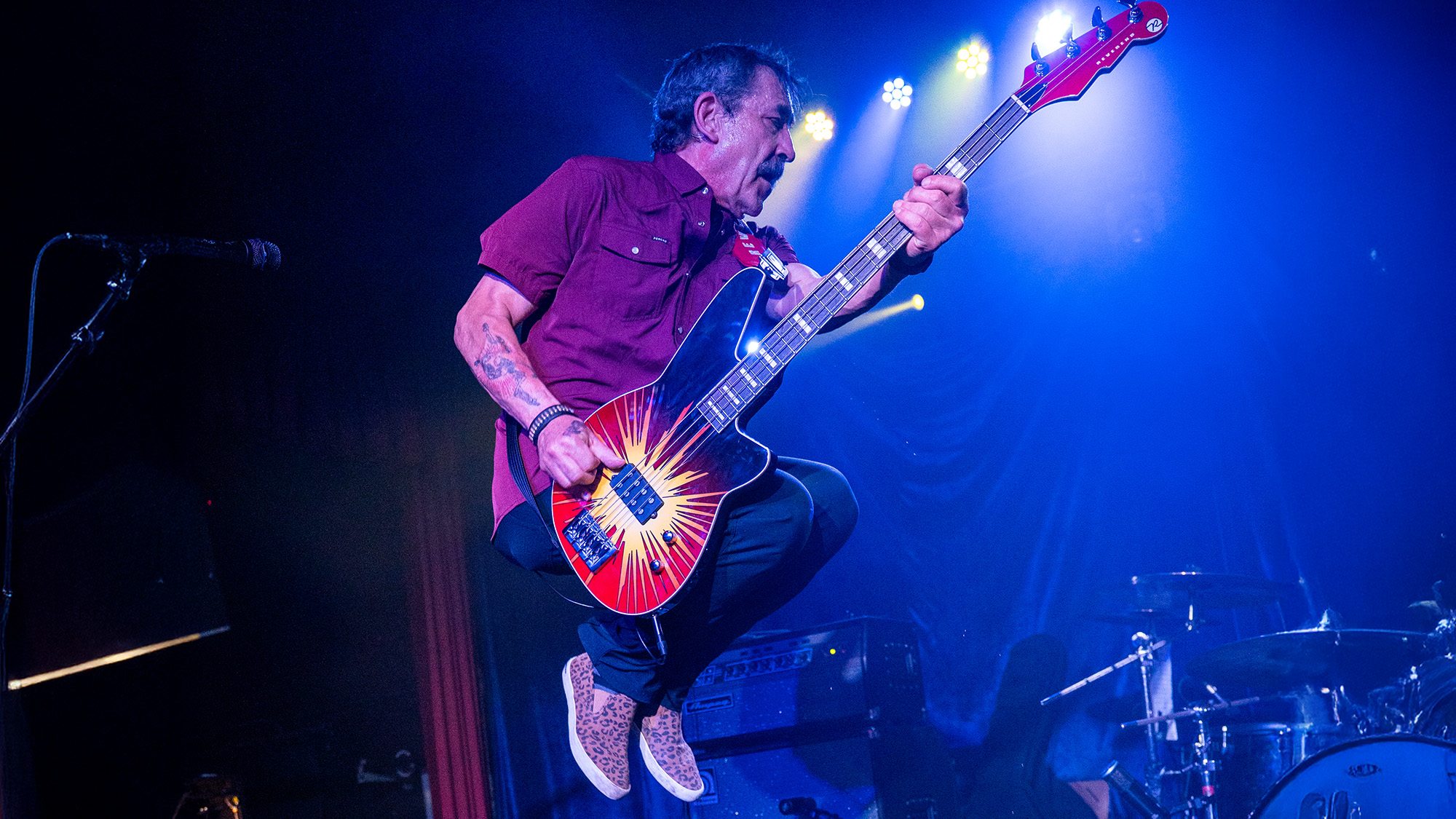The 1973 Paul McCartney TV Special is not only the most ’70s thing you’ll ever see, it’s a fascinating snapshot of a post-Beatles McCartney

16 April, 1973, saw the broadcast of Paul McCartney's television special, James Paul McCartney, on the ABC network in the US (and later in the UK, on 10 May). The show was a weird hotpotch of staged segments, live shows, promo videos and documentary footage. Savaged by critics at the time – ”McCartney has neither the personality nor the all-round versatility to carry such an hour-long program,” said one – today it stands as an interesting document of where McCartney was at, just three short years after the dissolution of The Beatles.
The Beatles split had sent McCartney into a fit of depression. Many of his contemporaries hadn’t made it out of the 60s: Brian Jones, Jim Morrison, Janis Joplin, Jimi Hendrix, Beatles manager Brian Epstein, and Stuart Sutcliffe – the Beatles’ original bass player and the man who lent McCartney his bass when Paul considered taking over his spot – were all dead. Rock’n’roll excess, a burgeoning drug scene, and the stresses of fame had taken a heavy toll.
McCartney retreated. In 1966 he’d bought a farmhouse in Scotland (“a hideaway from the world… without autograph-seeking fans or the constant ring of the telephone”) and he moved there with his wife Linda and their young family. The first solo albums he made were whimsical, lo-fi affairs that shunned excess in favor of more wholesome ambitions: “Want a horse, I want a sheep/I want to get a good night’s sleep, livin’ in a home in the heart of the country” went Heart Of The Country.
But the ugly side of the business kept on dragging him back in. TV tycoon Lew Grade also happened to own a stake in McCartney’s publishing. From 1971, McCartney had started to credit his wife Linda as a co-writer on his songs – she had been inspiration and sounding board, after all – but this angered Grade: Linda’s credit meant that he wasn’t making as much money as he’d like. Legal action was threatened.
To get Grade off his back, McCartney agreed to do a TV special. The title James Paul McCartney – his real name – gives you some idea of what he was aiming for: an honest insight into his life. The result was an uneven show, with 70s TV values – hokey sets, daft camera zooms etc – and the occasional great moment.
A long documentary sequence catches him at the Chelsea Reach pub in New Brighton, across the Mersey from Liverpool, smoking ciggies and singing old songs with friends and relatives. This is about as far from rock’n’roll cool as you can get. While John Lennon was hanging out with radicals, exploring primal scream therapy and partying with Harry Nilsson, McCartney was thinking about family and roots: unpretentious and working class.
There are skits on ordinary domestic and working life (a video for Uncle Albert) and there are a load of random people in the street singing Beatles songs. McCartney plays Blackbird, Michelle and Heart of the Country on acoustic guitar while Linda takes his picture. Even Gotta Sing, Gotta Dance – a parody of a Buzby Berkley-style musical – has subversive intent. On one hand, it’s just a bit of daft fun – the kind of thing his Auntie Dill might have liked – on the other, it's playfully subversive about gender identity (the dancers are dressed half in men’s clothes, half in women’s), and the original plan was to have Paul dressed as a woman. The US sponsors weren’t keen on the idea.
All the latest guitar news, interviews, lessons, reviews, deals and more, direct to your inbox!
“We wanted to do a drag sketch,” McCartney said later. “I was going to come on stage dressed as Diana Ross and Linda was going to be dressed as a man. But they didn’t think that was a very good idea. It was a kind of Chevrolet show, and you couldn’t go too far or they wouldn’t show it.”
At the end, thankfully, he straps on his Rickenbacker 4001 bass and we get a live segment: The Mess, Maybe I’m Amazed and Long Tall Sally filmed at ATV’s Elstree Studios in Borehamwood before a live audience. The UK and European audience got a performance of Hi, Hi, Hi instead.
For The Mess, Maybe I’m Amazed and Long Tall Sally the audience are seated. By Hi, Hi, Hi it’s pandemonium. In fact, the two sequences might come from different performances: apparently, the response to their first attempt at filming the show was so lackluster, McCartney had a word with the audience and they came out for another try.
The James Paul McCartney TV Special was included as part of the Red Rose Speedway boxset in 2018.
Tom Poak has written for the Hull Daily Mail, Esquire, The Big Issue, Total Guitar, Classic Rock, Metal Hammer and more. In a writing career that has spanned decades, he has interviewed Brian May, Brian Cant, and cadged a light off Brian Molko. He has stood on a glacier with Thunder, in a forest by a fjord with Ozzy and Slash, and on the roof of the Houses of Parliament with Thin Lizzy's Scott Gorham (until some nice men with guns came and told them to get down). He has drank with Shane MacGowan, mortally offended Lightning Seed Ian Broudie and been asked if he was homeless by Echo & The Bunnymen’s Ian McCulloch.
